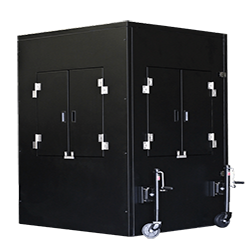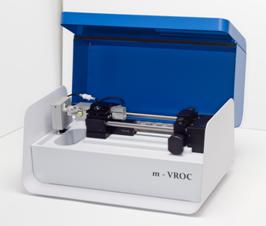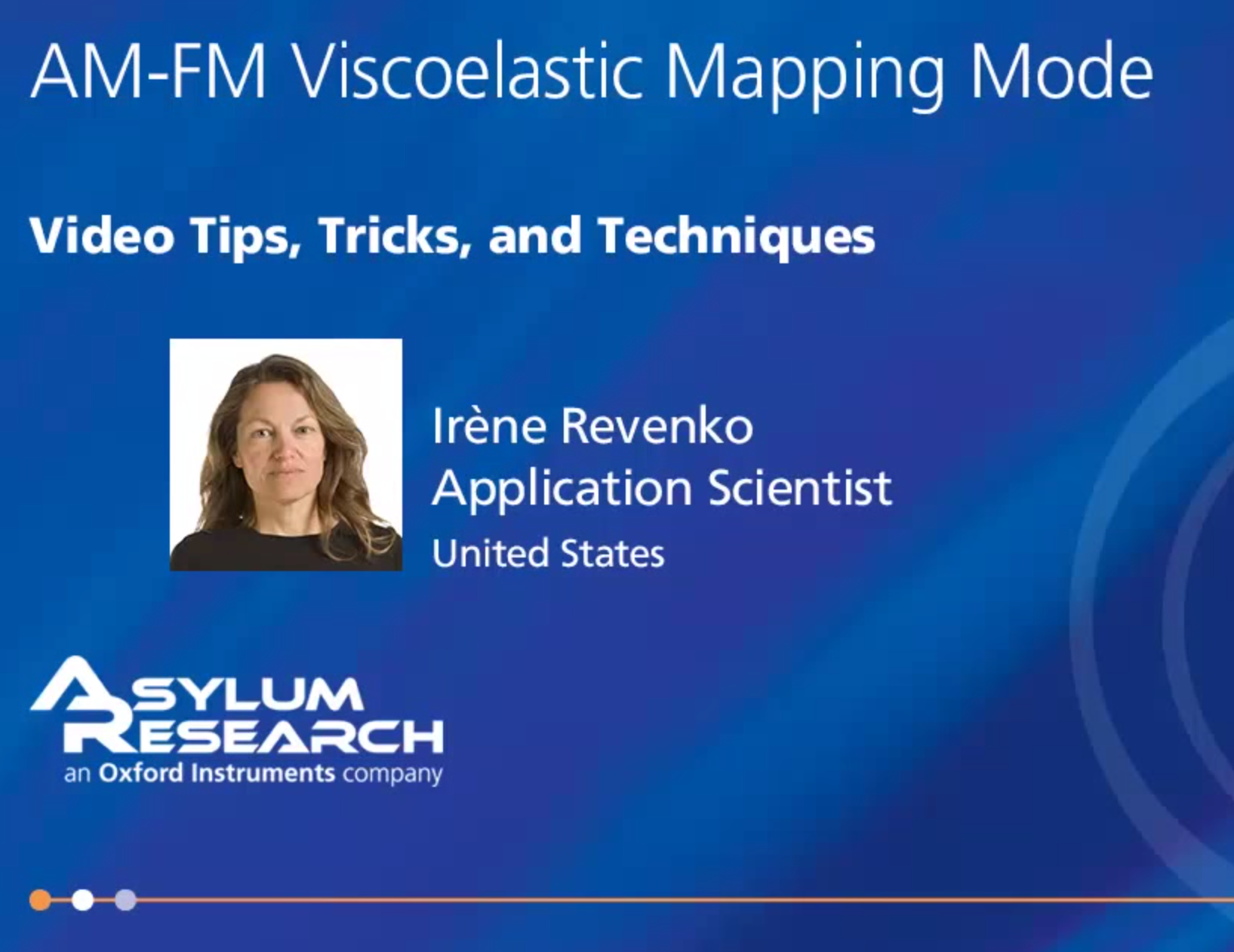INTRODUCTION
Working under corrosive atmospheres in a STA (TGA with DTA or DSC rod) with corrosive atmospheres is extremely challenging because the detectors are made from metallic parts. The different experiments where there is a risk of deterioration or corrosion is as followed:
emission of aggressive vapours coming from the sample decomposition
investigation in an oxidative or reducing gas
investigation in corrosive gas
MATERIALS COMPATIBILITY
In the TG-DTA and TG-DSC modes, the detectors suspended to the balance are made of different metals according to the temperature range (platinel, platinum rhodium, tungsten rhenium …). The crucibles used with the different detectors are made in aluminium, platinum, tungsten, graphite (figure 1). Special crucibles in zirconia, boron nitride can also be adapted.
The materials compatibility for the TG-DTA and TG-DSC rods is very similar to the description done in Technical Note 679. In the case of emission of agressive gas from the sample decomposition, each material has different limitations :
PLATINIUM, as a metal, is very sensitive to different types of gases and vapours.
Metallic vapour
It is recommended to consider the corresponding phase diagram of Pt with the metal from the emitted vapour and check if there is a risk of eutectic formation. In case of low emission of vapour, one way to prevent direct contact between the crucible and the metallic vapour, is to have the sample embedded in alumina powder.
Another trick: with SiO2 work under air or oxygen to prevent the dissociation of the silicon oxide
Hydrogen
Platinum is also very sensitive to hydrogen above 1000°C
Other gases
Platinum is also stable in CO2. But it will react with CO, SO2, H2S, chlorine. In general, platinum is not recommended to be used in reducing atmospheres.
ALUMINA, as a ceramic oxide, is highly suited for applications at high temperature (up to 1750°C) under inert and oxidising but has some limitations in reducing atmospheres.
Metallic vapour
It is recommended to consider the corresponding phase diagram of Pt with the metal from the emitted vapour and check if there is a risk of eutectic formation. In case of low emission of vapour, one way to prevent direct contact between the crucible and the metallic vapour, is to have the sample embedded in alumina powder.
Another trick: with SiO2 work under air or oxygen to prevent the dissociation of the silicon oxide.
Hydrogen
At high temperature, a reduction of traces of oxides (especially SiO2) in alumina can be observed.
Carboneous atmospheres (CO, CH4)
It is reported that the reduction of alumina with CH4 may occur from 1500°C
GRAPHITE is a very convenient material for DTA crucibles for applications at very high temperature (up to 2400°C) but only under inert atmosphere.
BORON NITRIDE is recommended for the investigation of molten metals when alumina cannot apply.
TUNGSTEN is also dedicated to applications at very high temperature (up to 2400°C) under inert atmosphere. It is used to build the DTA detector (combined with Rhenium) and the corresponding crucibles. Oxidative atmospheres have to be forbidden.
Hydrogen
Tungsten is used in hydrogen atmosphere when platinum can not be used (above 1000°C).
SOLUTIONS TO WORK UNDER CORROSIVE CONDITIONS WITH TG-DTA MODE
Compared to the TG mode, the solutions to work under corrosive conditions with the TG-DTA and TG-DSCmodes are more limited. However here are some proposals to solve some problems in the TG-DTA.
Protected DTA rod (upper limit: 1750°C)






